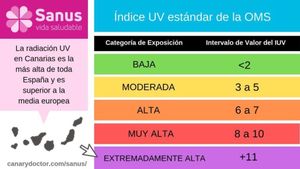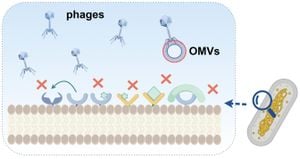Stroke remains one of the leading causes of long-term disability and mortality worldwide, and recent research has underlined the importance of predicting recovery outcomes following treatment.
A pivotal study conducted by researchers from the Affiliated Hospital of Qingdao University investigated the neutrophil-to-lymphocyte ratio (NLR) and its variation, termed ΔNLR, as potential predictors for early neurological improvement (ENI) and hemorrhagic transformation (HT) after intravenous thrombolysis (IVT) treatment.
Acute ischemic stroke (AIS) patients, who underwent thrombolysis within 4.5 hours of symptom onset from October 2021 to October 2023, were analyzed based on the TOAST classification criteria. The study found ΔNLR to be significantly associated with both HT and ENI, paired with differences observed across various subtypes of stroke.
The research highlights how neutrophils react as early responders to ischemic injury, which may lead to inflammation and complications like HT, whereas lymphocytes can help mitigate these effects. Notably, it was demonstrated during the analysis, "Both HT and ENI were associated with ΔNLR, which was an independent influencing factor for HT and ENI following IVT." This implies ΔNLR as not merely statistical data but as potentially practical clinical information for patient management.
Assessments included calculating NLR both pre-and post-treatment, with variations observed indicating different patient prognoses. The findings revealed significant discrepancies; for example, those with higher ΔNLR demonstrated lower instances of HT, which is promising for clinicians seeking predictive markers for post-stroke complications.
Compounding the complexity of these results, the research identified distinct outcomes between patients with small artery occlusion (SAO) and those with minor strokes from large artery atherosclerosis (LAA). Specifically, ΔNLR was higher among SAO patients, hinting at different inflammatory responses and recovery trajectories. The authors noted, "The ΔNLR may serve as a useful biomarker to assist in diagnosis and monitor the outcomes of thrombolytic therapy in AIS patients."
This thorough exploration of NLR variations could reshape strategies for monitoring and potentially improving clinical outcomes.
The study concluded by underscoring the necessity for continued investigation to validate the predictive value of ΔNLR across broader patient cohorts. This insight opens avenues for future research, focusing on refining stroke treatment protocols and enhancing patient prognosis without overlooking the role of biology behind recovery.



